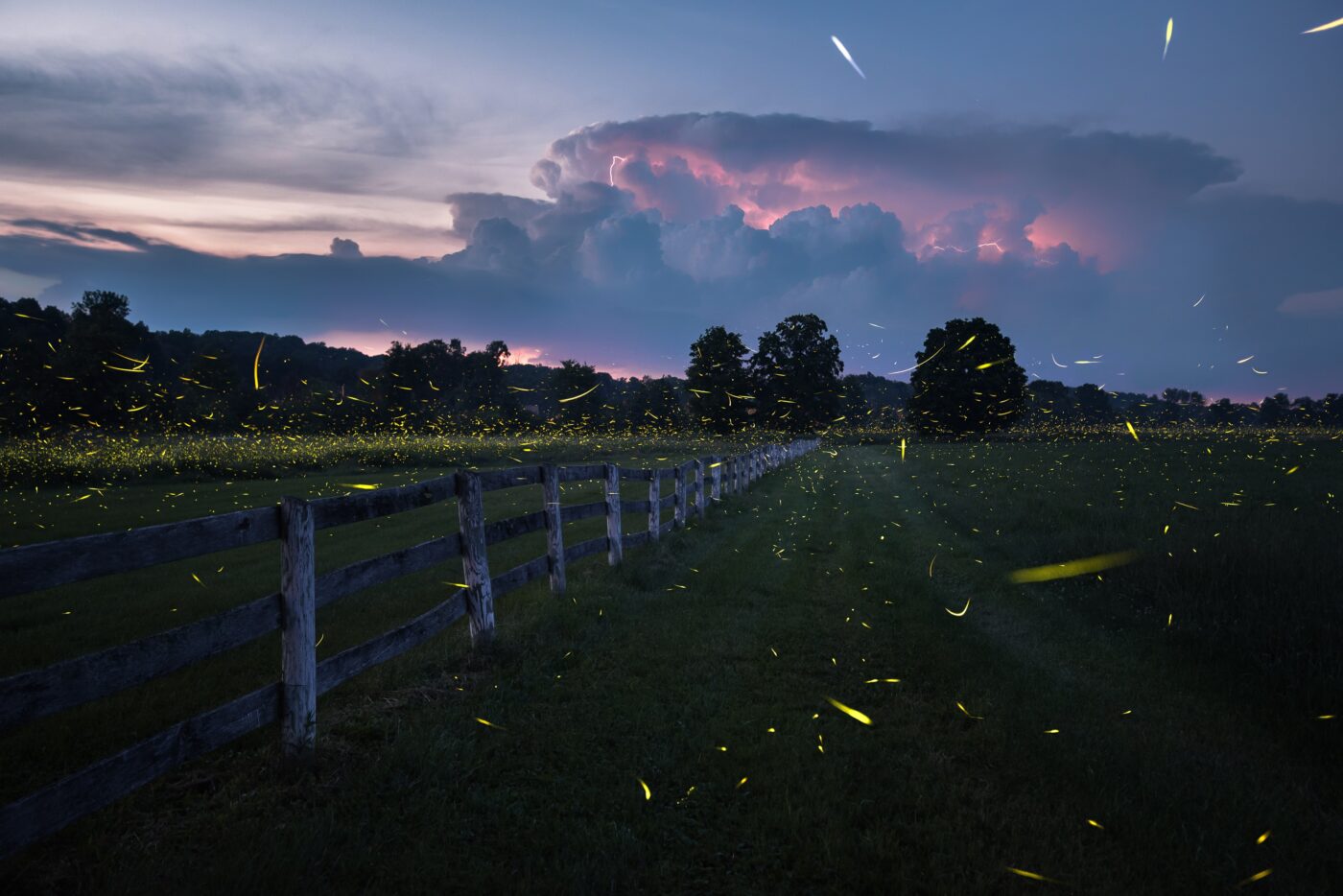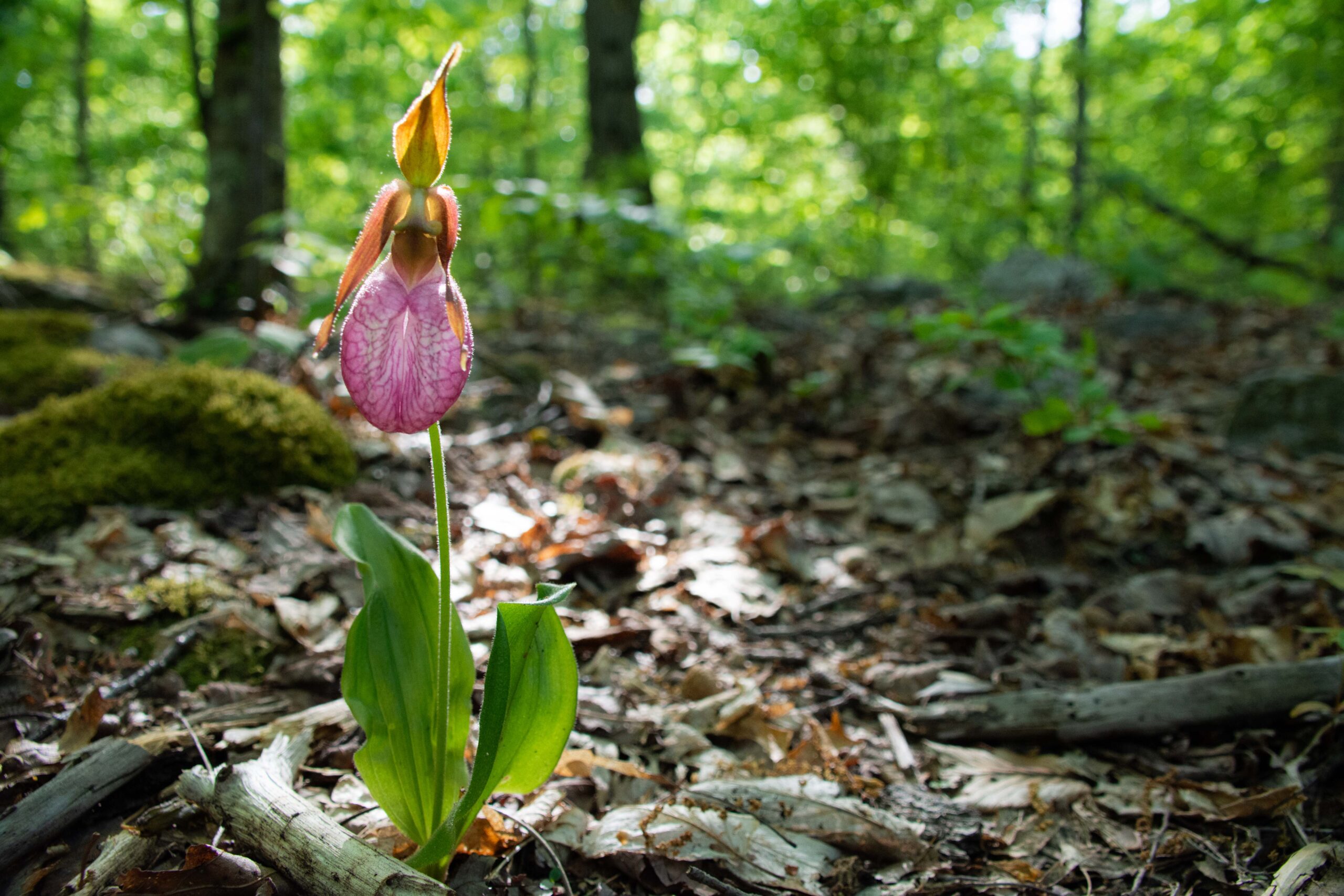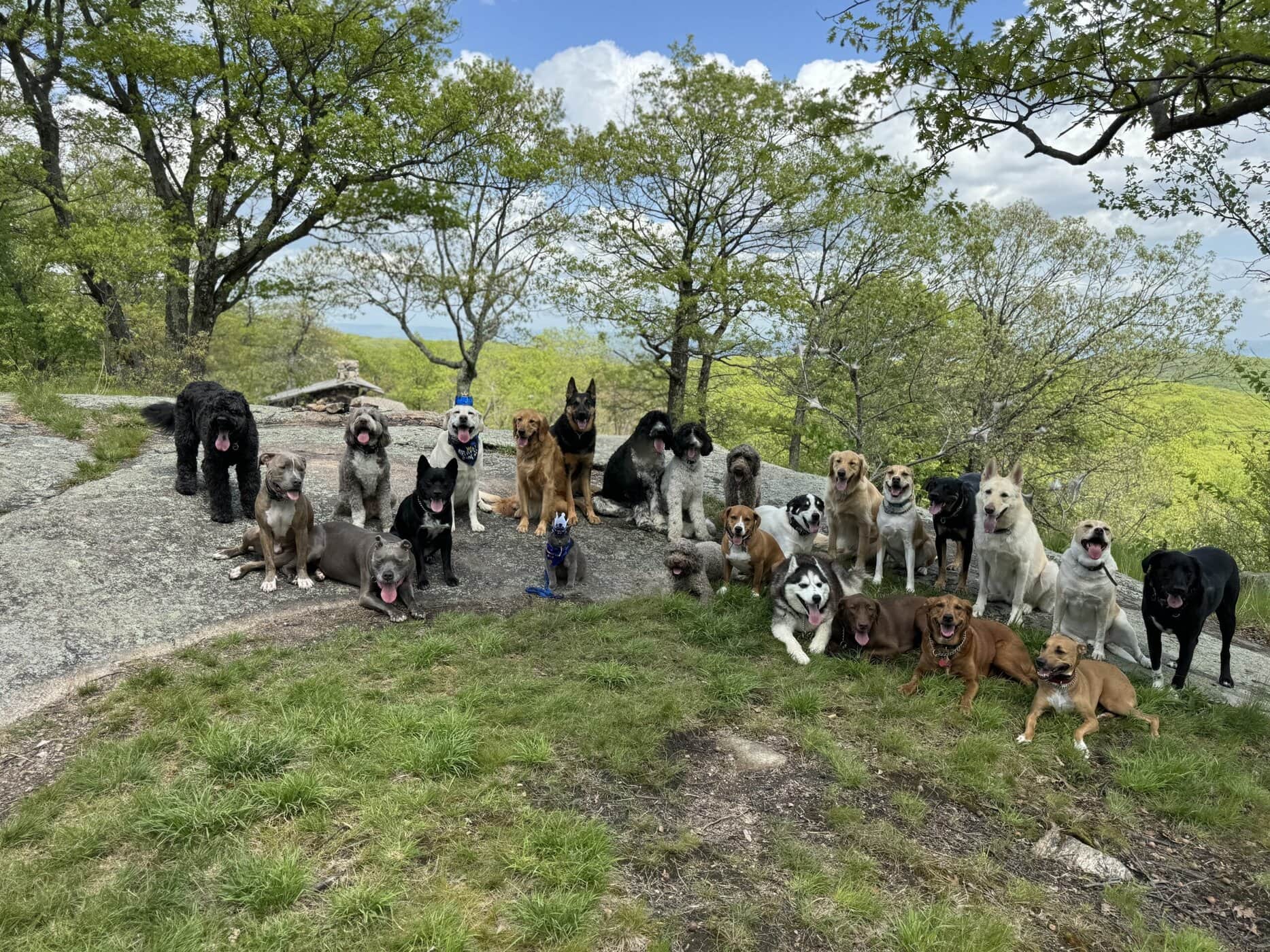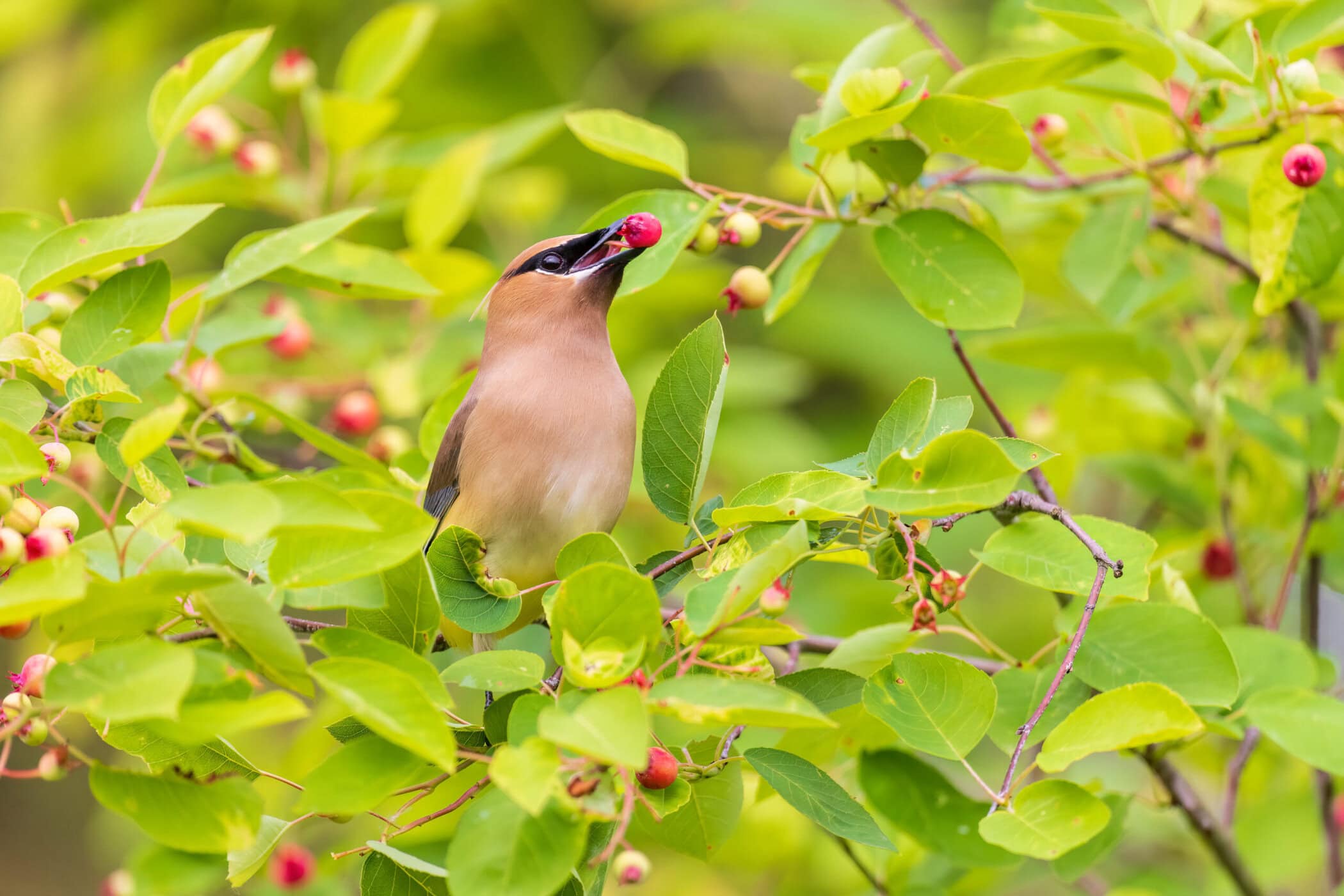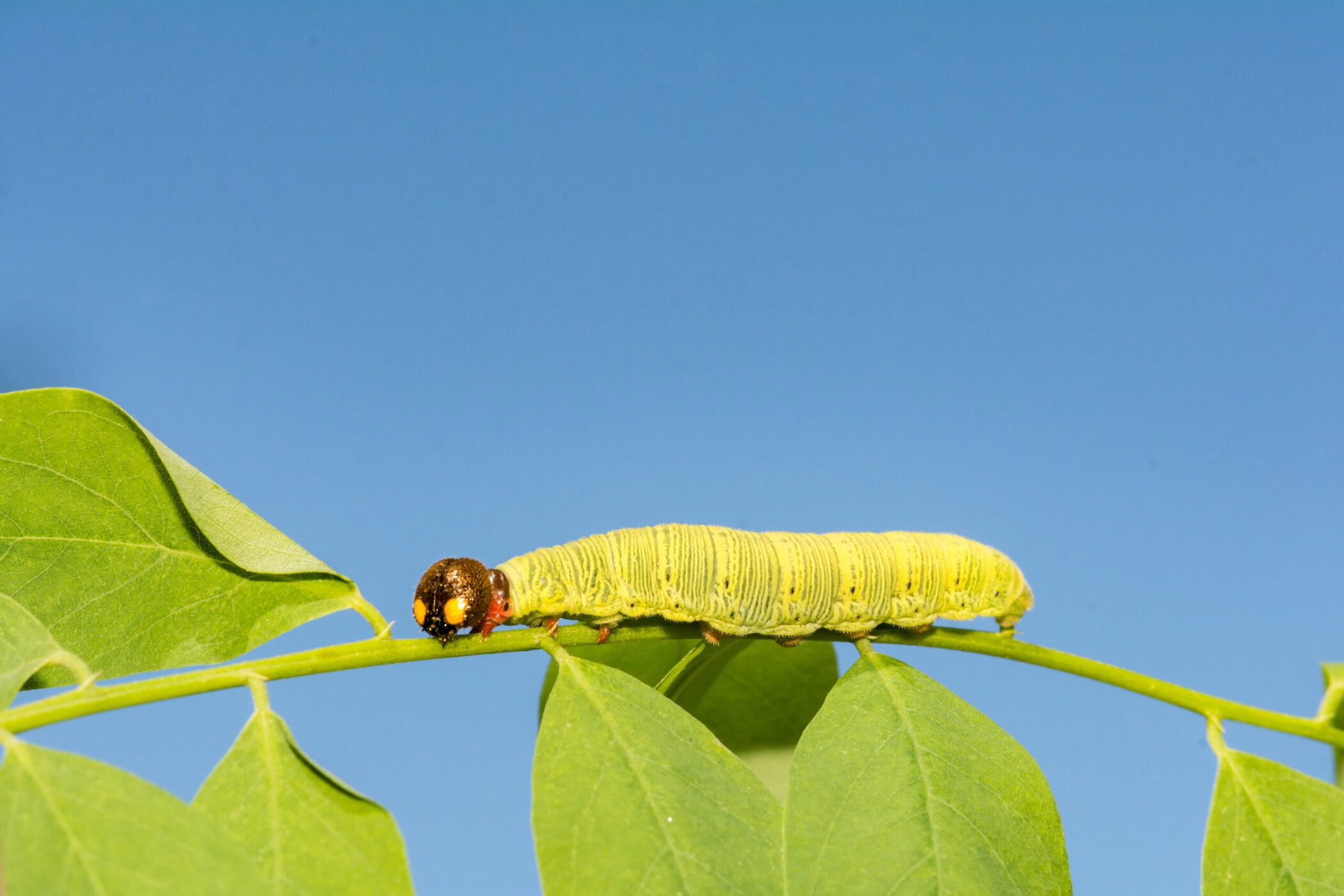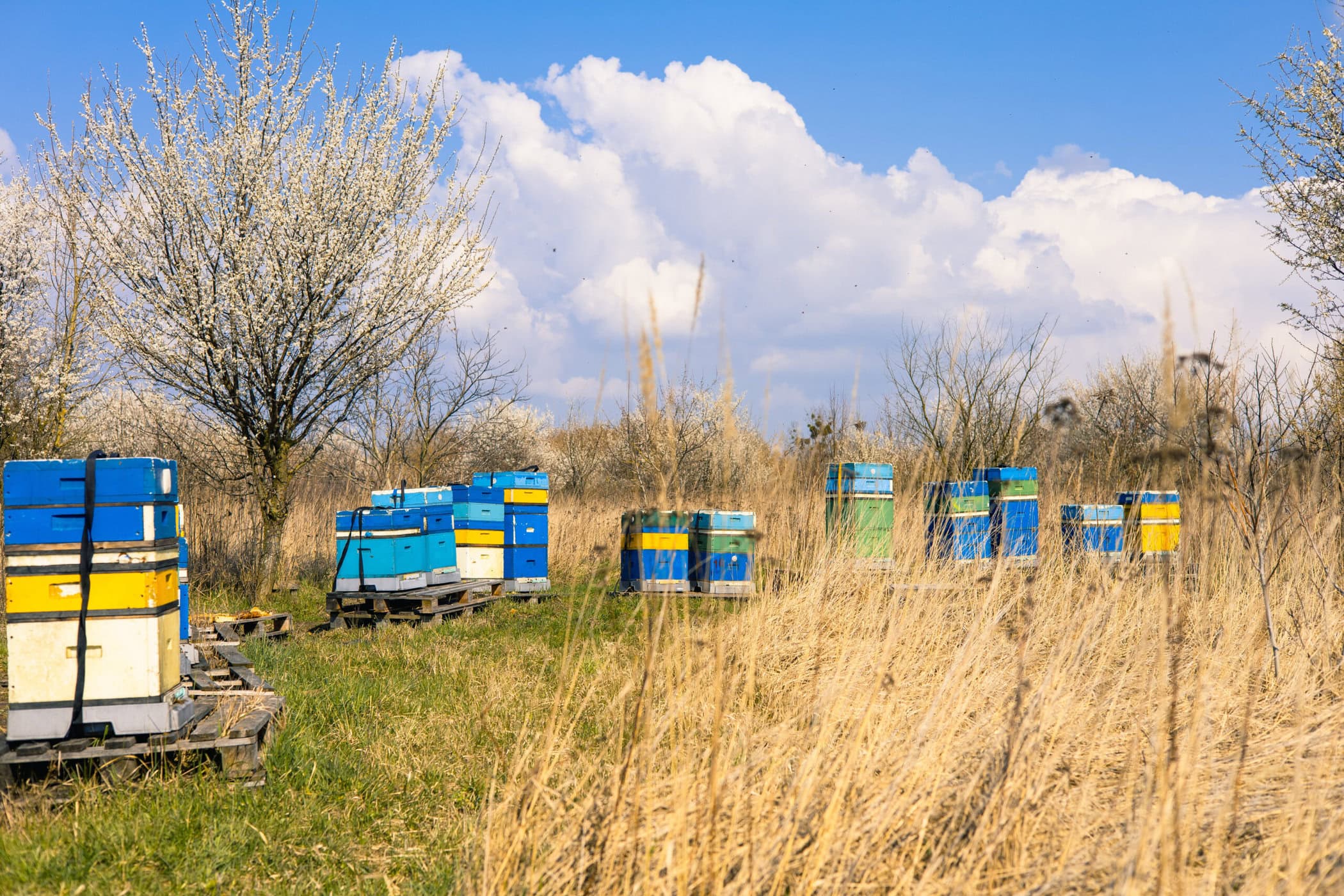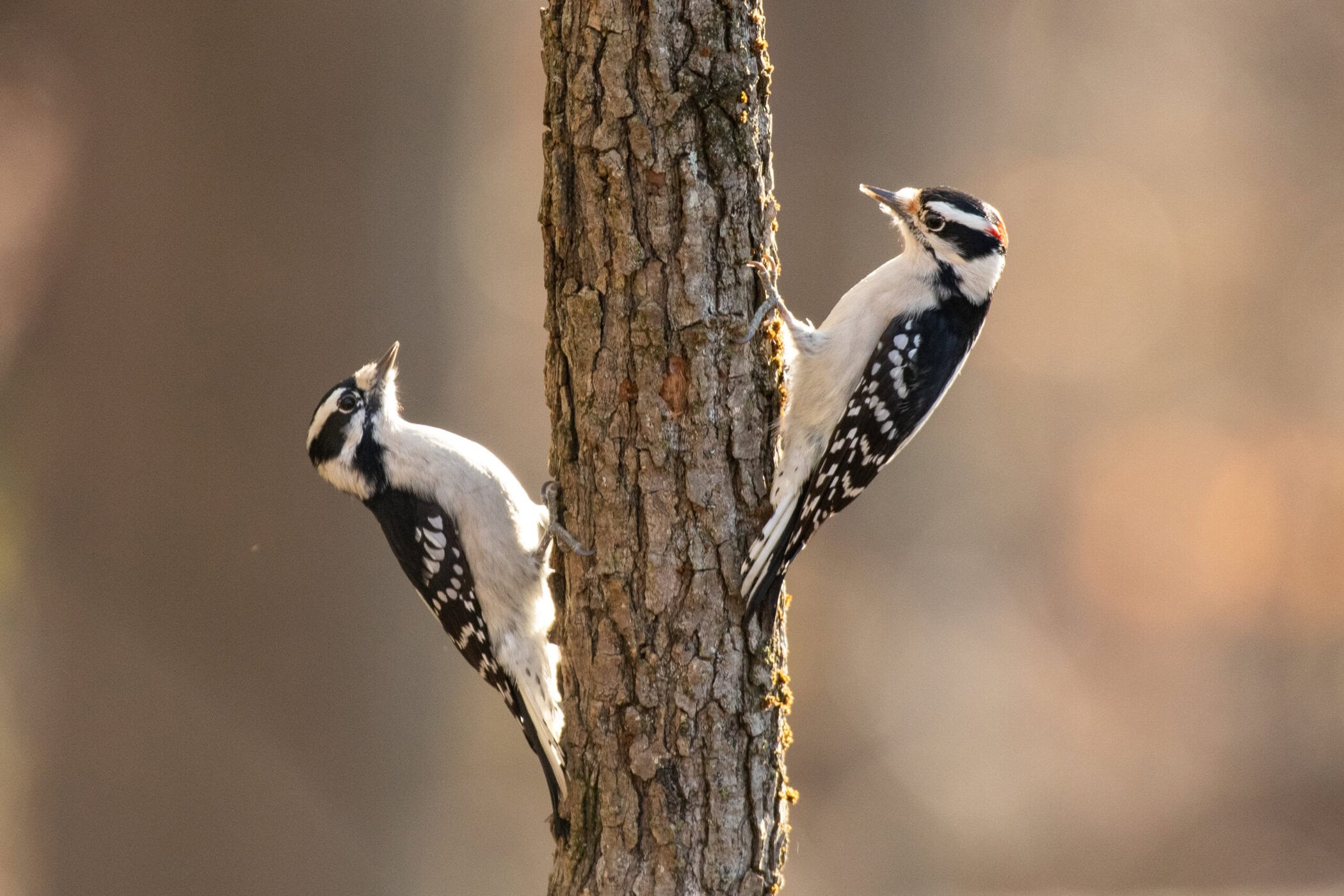They are the earthbound constellations of summer.
They swoop and dive, creating patterns in the darkness so reminiscent of a twinkling, star-filled sky that one species common to the Hudson Valley is nicknamed the “Big Dipper.”
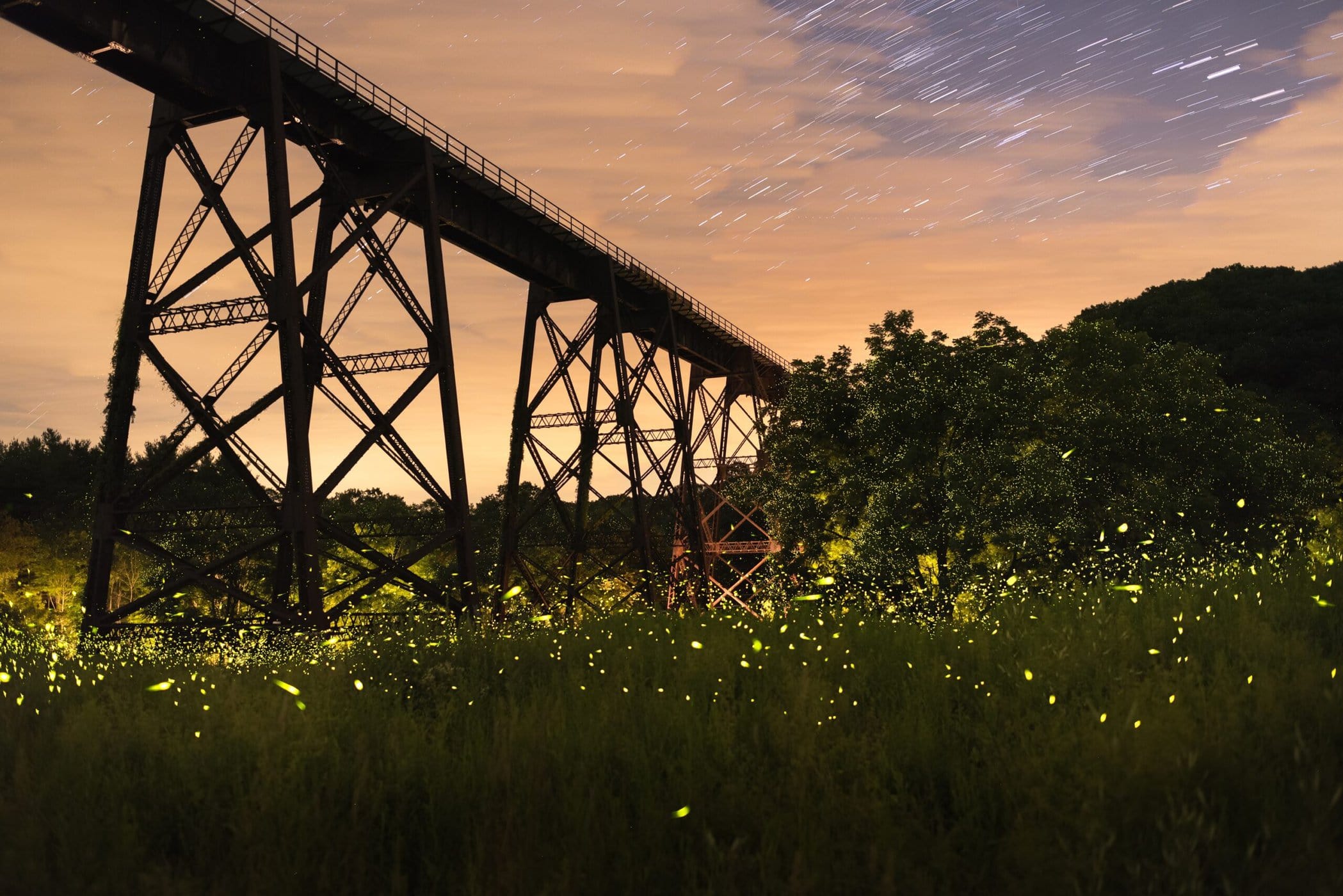
They are fireflies, the joy-sparking extroverts of warm evenings all over the country and world. But considering how beloved they are, it’s shocking how often they’ve been overlooked by scientists. Beneficial insects like honey bees and butterflies, and more threatening species like ticks, have been the subject of major scientific study and waves of public attention in recent decades.
Yet fireflies (also called lightning bugs) are only beginning to draw the attention of conservation scientists. “The truth is,” says Richard Joyce, a firefly specialist with the Xerces Society for Invertebrate Conservation, “there simply is any not population monitoring really for any species of fireflies in the United States.”
That is beginning to change, however, as concerns mount over threats such as light pollution and habitat loss. In 2020, the Xerces Society, an international nonprofit organization that protects the natural world through the conservation of invertebrates and their habitats, launched a project to assess the conservation status and needs of the fireflies in North America.
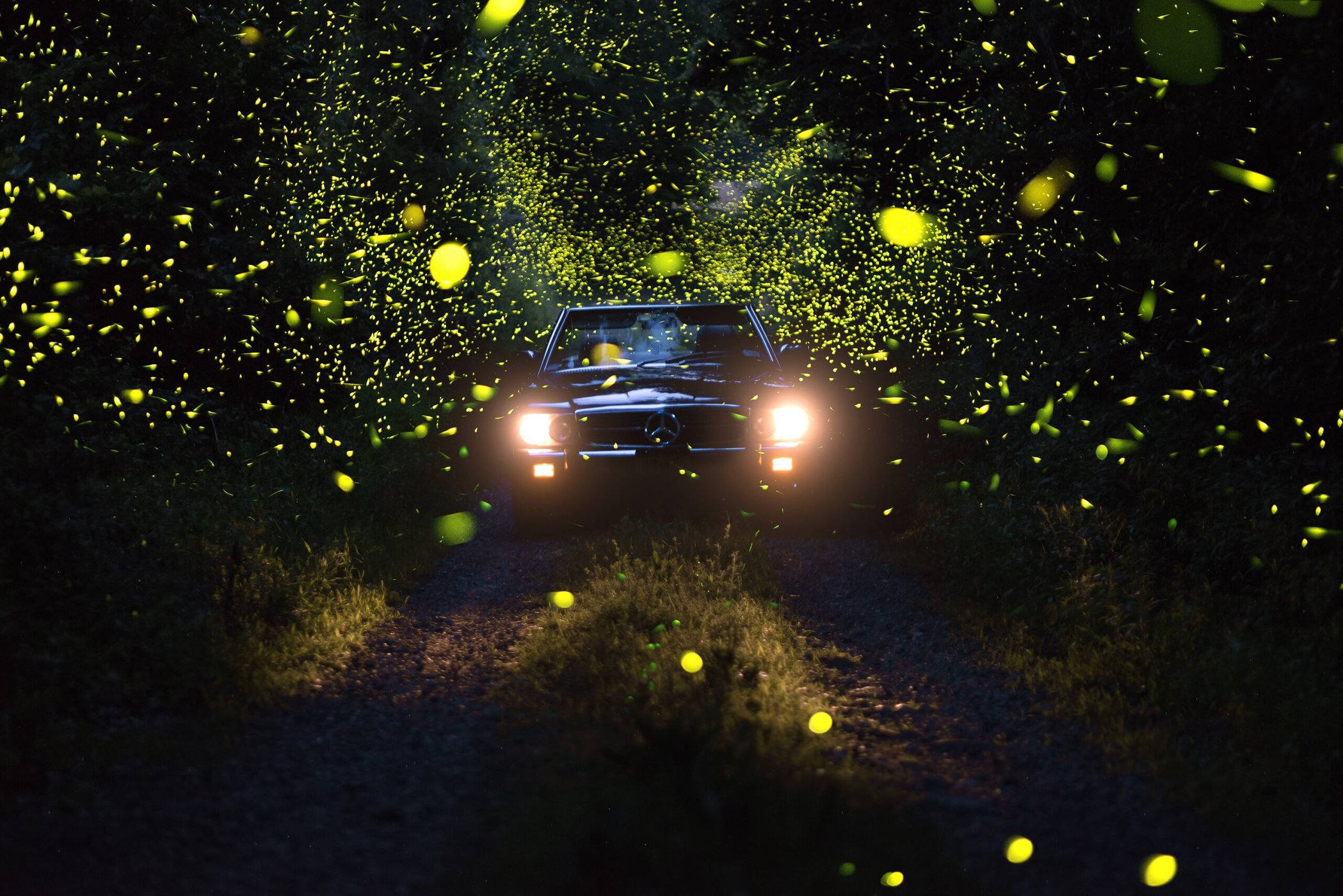
A study published in 2021 by Xerces and two other groups estimated that one in three firefly species in the United States and Canada may be at risk of extinction. But more work is needed, the study’s authors said. “This study has helped us identify which species are most in need of surveys and habitat protection efforts, thus laying the groundwork for future conservation projects,” Candace Fallon, a senior conservation biologist and firefly program lead at Xerces, said in a statement announcing the study.
Here in New York State, a similar effort began this year. It is led by the New York Natural Heritage Program, a conservation program of the State University of New York College Environmental Science and Forestry in partnership with the state Department of Environmental Conservation and other partners.
“It surprised me to learn how little we know about fireflies, because they are such an iconic, magical thing,” says Matthew Schlesinger, chief zoologist with the New York Natural Heritage Program.
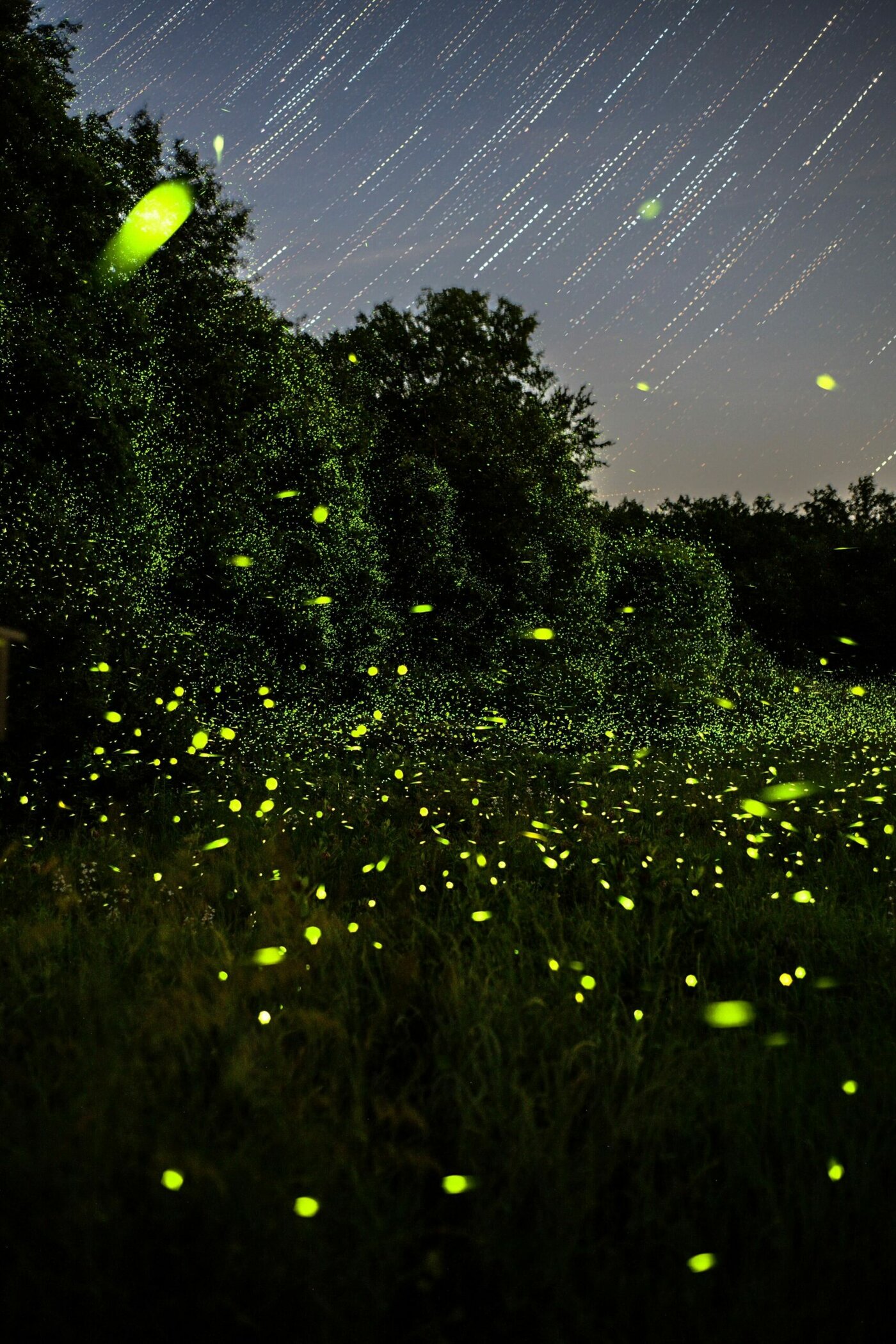
At the moment, there are 173 named species of fireflies in the United States and Canada, according to Joyce. And more are being described regularly. Schlesinger says approximately 30 of those species can be found in New York. Each species has its own needs, and the new studies are the first steps to determining what those are.
Many lightning bugs are threatened by light pollution, which can distract them so they don’t spend time courting and displaying to potential mates. Light can also obscure their signals.
“Imagine trying to have a conversation with a potential romantic interest and the music is blaring at super-high decibels,” Joyce says.
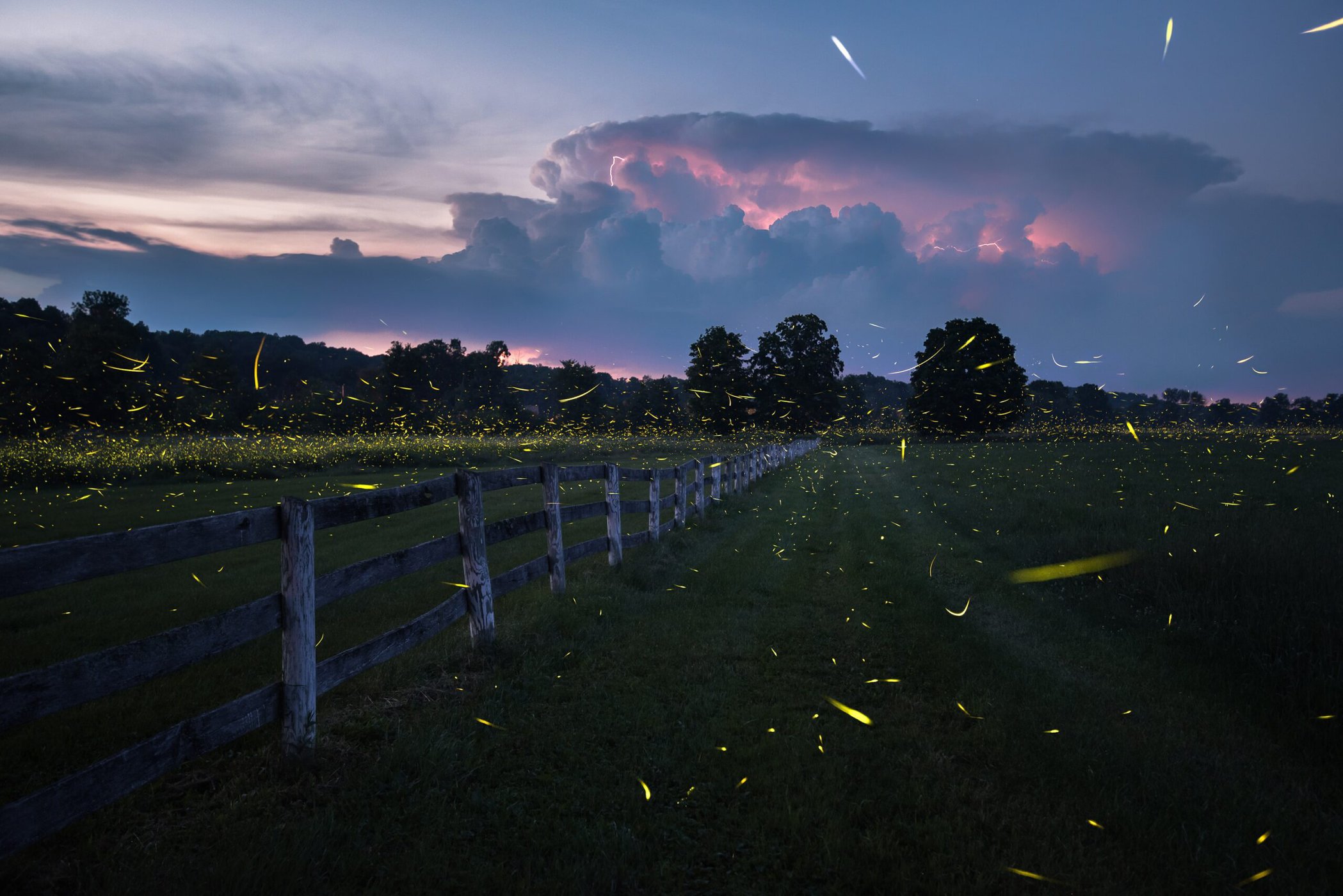
Other species prefer certain habitats. Excessive mowing, for instance, can limit the ability of females to perch on vegetation when the males are flying and flashing. Vegetation also provides shelter from heat and excessive dryness. Some species, for instance, find refuge under milkweed plants.
Pesticides are also a threat. Fireflies are a type of soft-bodied insect whose larvae are vulnerable to grub killers common in many lawn products.
Clive Jones, an ecologist with the Cary Institute of Ecosystem Studies in Millbrook, says his home in Ulster County enjoys moist forest-edge habitat, low illumination, no pesticides, and a large meadow with plenty of litter and duff. Over the July 4th weekend, he says, the fireflies around his property “competed well with the fireworks in the distance.”
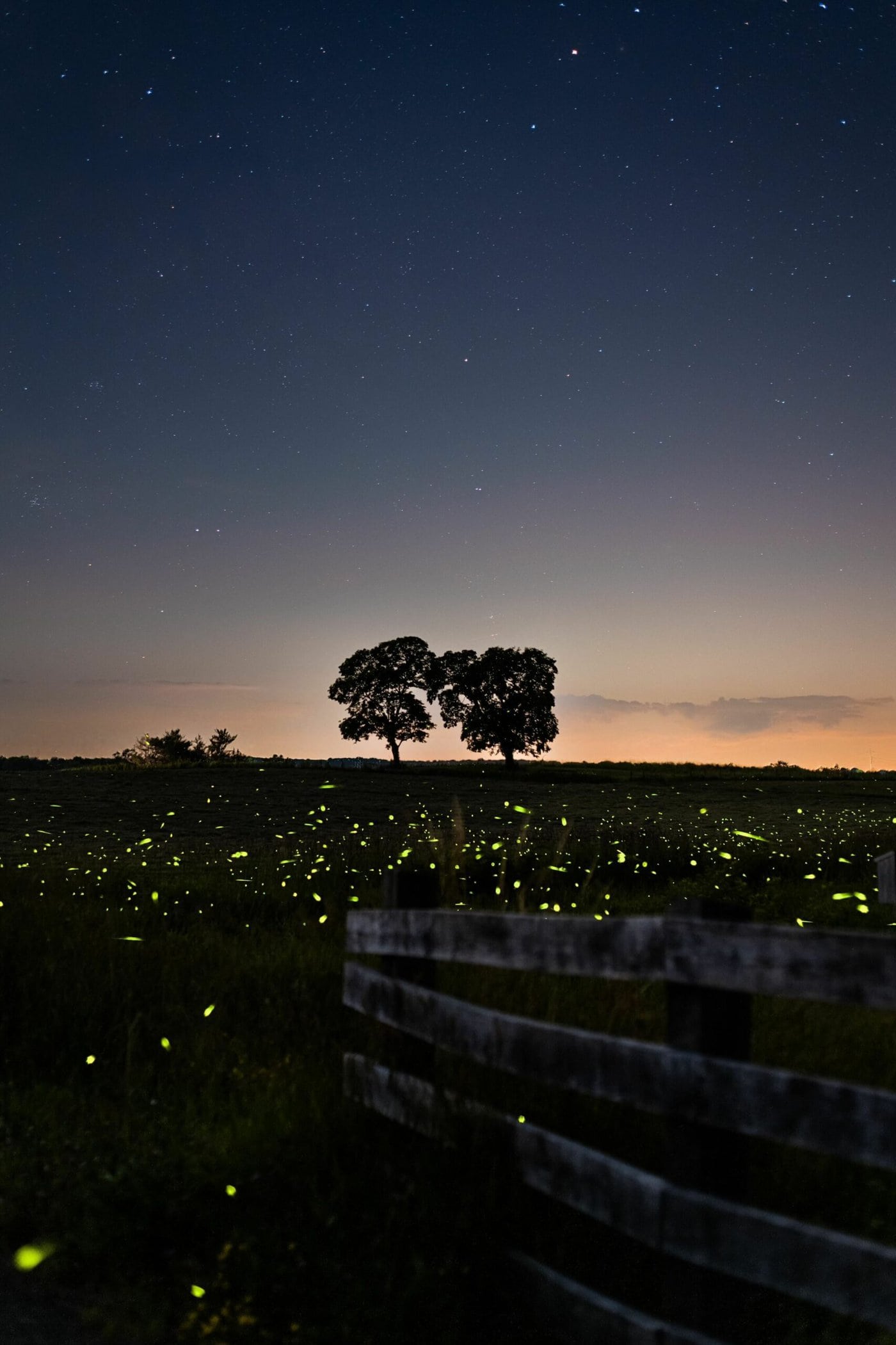
Joyce says that the most egregious light pollution is not happening at the household level, but rather at places that are home to municipal or business infrastructure.
“It is important for communities and local governments at least to have a road map so they can satisfy their needs for safety and helping residents find their way around at night, while keeping it to the absolutely minimum that is required and not negatively impacting the natural systems,” Joyce says.
But precisely how much these and other threats affect each species, what the current population trends are, and which species are most threatened still needs to be understood more comprehensively.
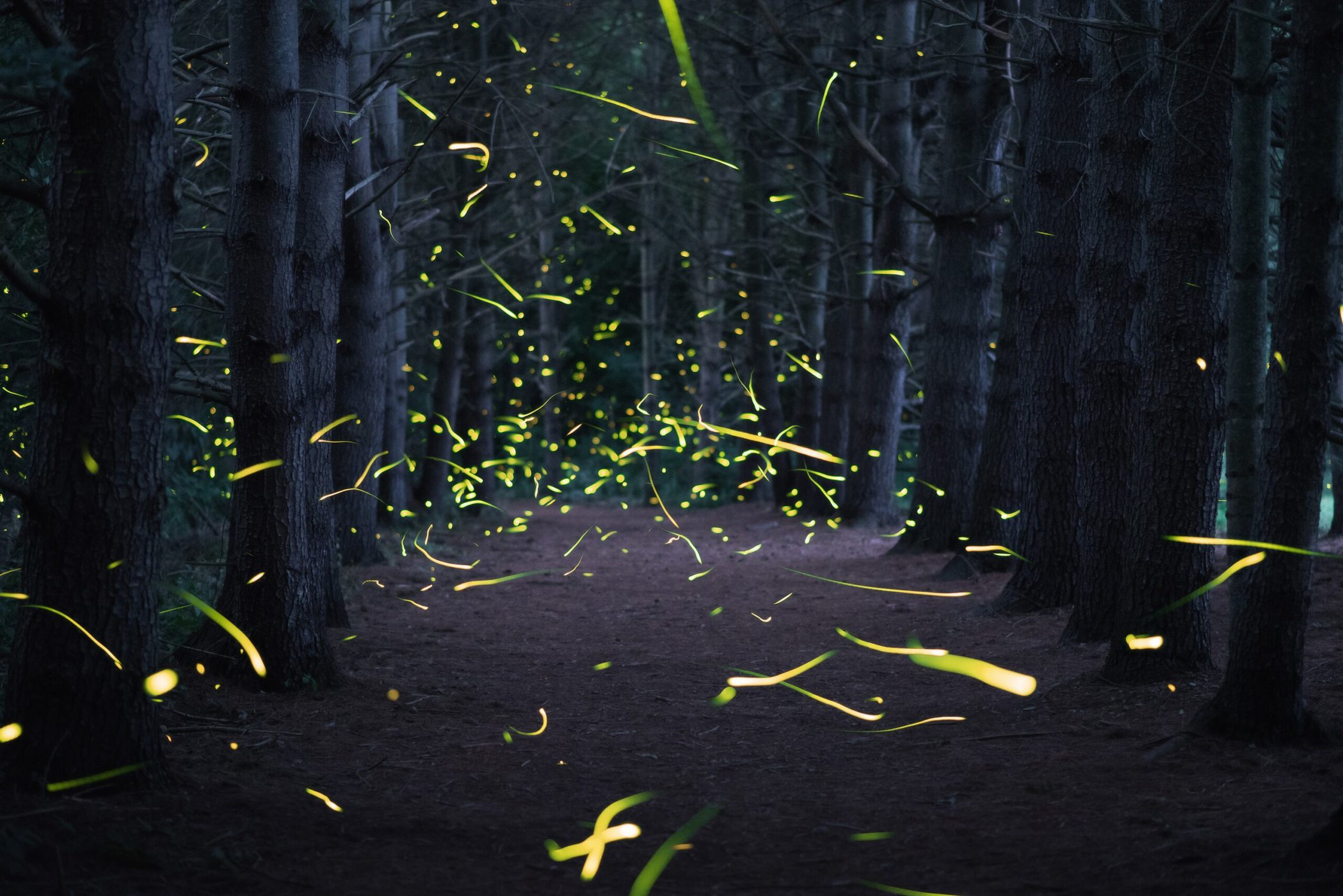
Xerces has adopted the International Union for the Conservation of Nature’s methodology for assessing the conservation status of firefly species. The goal is to create a shared set of standards for prioritizing action.
In New York, Schlesinger says a three-year effort is underway gaining expertise in firefly survey methods, including the protocol adopted by Xerces and second and third years wconducted in the field at state parks.
Schlesinger hopes the work will result in a more defined species list with information about each species’ status, as well as management recommendations that are specific to each species. And he hopes the work will make the case to other agencies or funding groups that more needs to be known.
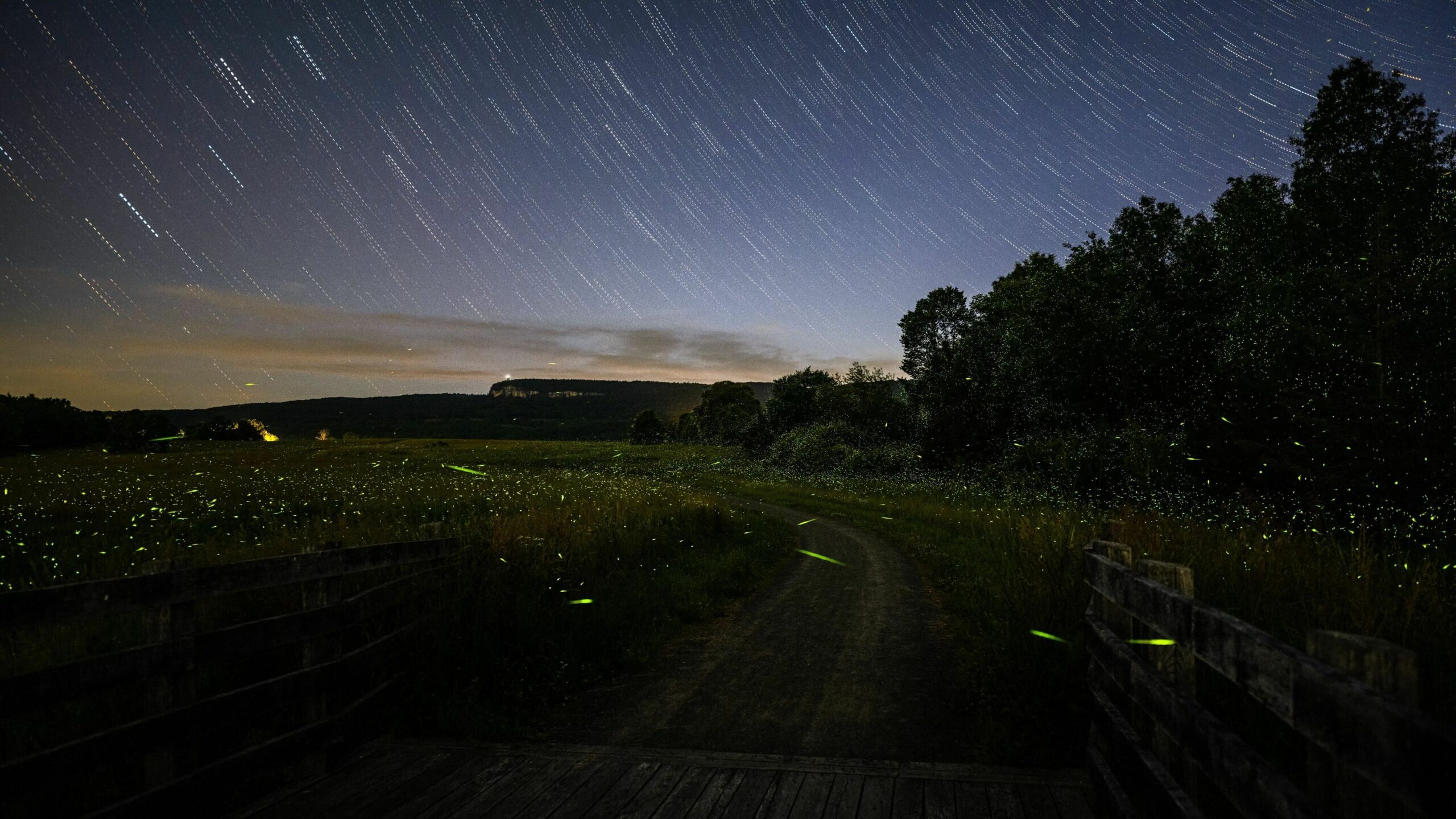
“I feel like we know surprisingly little,” Schlesinger says. “And that is a concern to me. If we don’t really understand which species are doing fine and which ones are in big trouble — that is a scary thought. I feel fireflies have the potential to grow in awareness and knowledge. Whether that leads to additional funding and effort is yet to be seen. But that’s my hope.”
John Ferro serves as editorial director at the Omega Institute for Holistic Studies in Rhinebeck. Prior to joining Omega, he spent 26 years as an award-winning reporter and senior editor at the Poughkeepsie Journal, most recently covering the environment.


